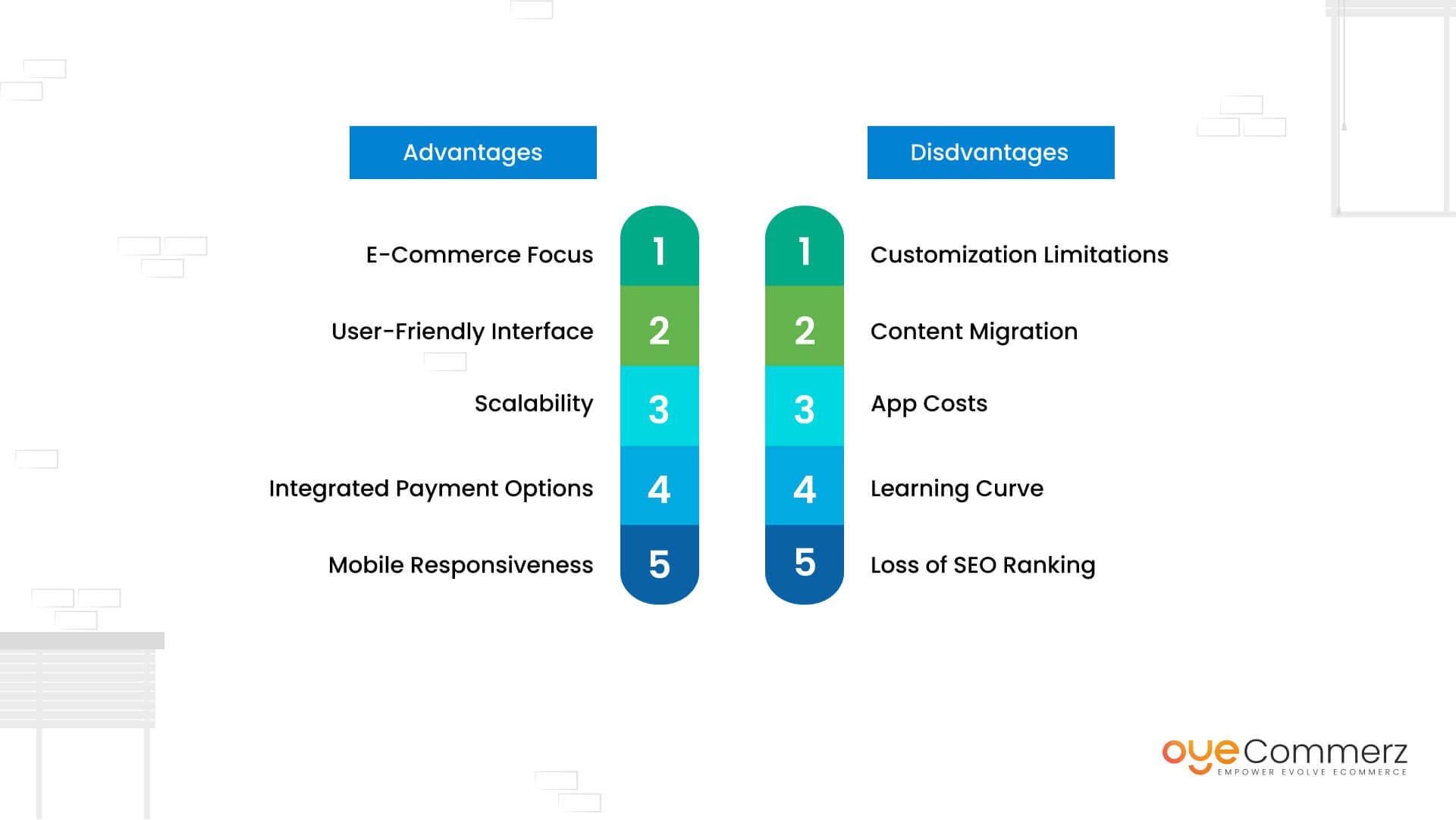Transitioning from WordPress to Shopify marks an promising step toward streamlining your e-commerce processes. As businesses expand, choosing a solution that aligns with scalability, UX, and customization is essential. Shopify has emerged as a preferred choice for online merchants, providing unmatched adaptability, security, and user-friendliness. In this guide, we will delve into why this migration is a game-changer, highlight the benefits, and share actionable steps to facilitate a seamless move.
1. Why Migrate from WP to Shopify?
The combination of WordPress and WooCommerce, has served countless e-commerce platforms. Nevertheless, as businesses scale, challenges like reliance on plugins, data risks, and technical complexities often obstruct growth. Shopify, specifically created for digital retail, eliminates these concerns with an all-in-one, intuitive platform. Real data back this shift—Shopify powers over 4.4 million stores globally, with a documented 10% boost to sales conversion rates for many businesses after migration.
2. Shopify's Perks for Thriving Online Stores
Shopify’s robust ecosystem is tailored for expanding businesses. Its standout benefits include:
- Effortless Design Flexibility: Shopify provides over 80 professionally designed themes.
- Integrated Tools: Capabilities such as Shopify Payments and integrated SEO save time and effort.
- International Expansion: Multi-currency support and regional customization empower businesses to expand internationally.
Additionally, Shopify boasts an uptime rate of 99.98%, guaranteeing your store is always operational.
3. Getting Ready for Your WordPress-to-Shopify Transition
Before migrating, assess your current store. Review inventory details, customer details, and search engine rankings. Resources such as Shopify’s Migration Kit or external tools help ease the transition. Develop a comprehensive plan, ensuring all resources—item details, media files, and blog content—are optimized for transfer.
4. Data Migration: A Critical Step
Data migration forms the foundation for a smooth transition. When migrating from WP to Shopify, prioritize:
- Inventory Details: SKU, item summaries, and groupings.
- Client Information: Emails, order history, and custom fields.
- Search Engine Considerations: Preserve meta tags, URLs, and forwarding paths to maintain search rankings.
Leverage apps like LitExtension to facilitate seamless migration while reducing mistakes.
5. Tailoring Your Shopify Store to Fit Your Brand
Post-migration, customizing your Shopify store ensures it aligns with your brand. Utilize Shopify’s drag-and-drop editor to design pages effortlessly. Shopify's themes are mobile-responsive, providing a seamless UX across devices—a critical factor, given 74% of online shopping is generated by mobile visitors.
6. How to Protect Your SEO Rankings When Switching Platforms
Search engine optimization is crucial for preserving your visibility during migration. Shopify excels in SEO with clean URL structures, built-in optimization tools, and smooth content management. Make sure you:
- Implement 301 redirects for existing links.
- Enhance updated content with targeted phrases.
- Use Shopify's apps Plug in SEO to monitor performance after the switch.
7. Post-Migration Testing
Once the migration is complete, run detailed checks.
Check: - Website speed (Shopify delivers faster speeds in contrast with WordPress).
- Payment integration reliability and checkout processes.
- Mobile responsiveness.
Testing guarantees your store provides a seamless shopping experience from day one.
8. Case Study of a Successful Migration
One such migration success story is Gymshark, a sportswear company that moved to Shopify. Post-migration, the company saw a 60% increase in mobile sales and significantly lowered site downtime. This highlights the capabilities of Shopify in enhancing online business success.
9. Challenges and Solutions
Migration comes with challenges, such as Shopify migration pricing information accuracy and adjusting tailored features. However, Shopify’s robust support and external professionals simplify the process. Collaborating with experienced Shopify developers Shopify post-migration support ensures a smooth transition.
10. Making the Switch: The First Step Toward Success
Switching from WP to Shopify marks a strategic decision to online retail. By focusing on growth, streamlining operations, and improving buyer satisfaction, Shopify enables companies to succeed in challenging industries.
Conclusion
Switching from WP to Shopify is a strategic move that can significantly boost your online business performance. With a robust migration plan, the appropriate resources, and professional guidance, you can achieve new growth opportunities.
Ready to make the leap? Let’s discuss how our Shopify migration services can transform your e-commerce platform. Get in touch today, or ask yourself: Can your business afford to miss out on Shopify’s growth potential?
